A lot of R. G. LeTourneau structures, if not all of them, were constructed out of steel. He was a prolific inventor of earth moving machinery, who also built structures with metal. Every once in a while I like to have what I call “looking for LeTourneau Day.” Those are the days that we take our cameras and look for structures and land connected with LeTourneau.
A little back ground: R. G. LeTourneau was a good friend of Dr. Richard Forrest co-founder of Toccoa Falls College. He actually asked Dr. Forrest to “find him land in the Toccoa area where he could located one of his manufacturing plants. The rest is what they say is “history.”
LeTourneau’s name is often associated with generous giving, since he and his wife, Evelyn, practiced “reverse tithing†by giving away 90 percent and keeping 10 percent of their profits! Yet few realize LeTourneau’s philosophy of giving was spawned by how he connected his faith with his work.
His achievements included many basic to modern construction, including the bulldozer and huge earth transport equipment. LeTourneau already had developed an impressive array of haulers, scrapers, and dumpers unlike anything available elsewhere. He was convinced that his equipment could do more, faster, and for less money than any alternative available to contractors anywhere.
One of the other things that LeTourneau did was to have a dairy farm. When I heard that his barn was still intact in Toccoa, I wanted to see it. Then when I heard that the land that it sets on had just sold, I knew I had to photograph it just in case the new owner wanted to tear it down. I have a feeling that taking it down would be the last thing that he would want to do. It is still in great shape for a structure that is probably over 70 years old!
Like most of the structures built by LeTourneau, it is built out of steel! I had no idea what it would look like but I certainly did not think about steel. That should have been my first thought!
The lower level where the cows would have been located is now vacant of stalls.
But you can imagine where the stalls would have been located. As he did with most of his buildings here in Toccoa, LeTourneau would have steel panels made and shipped to Georgia by rail from Texas, where his main plant was located.
Look at the strength and depth of this barn door! Yet, it was not hard for me to open and close.
The upper floor was really special. I used a tripod with a long exposure and a touch of HD filter. It’s a square room so “feeling” the moment with this room was tough. I wanted to see what the room looked like with all the steel panels put together so that meant lowering the ISO 100; cranking up the f-stop for clarity, and shooting for a nice long exposure at least 15 second and less.
I was standing in a dark room but thought this space would be a great venue for weddings. The owner plans to just use it for storage. Notice the square hole in the floor. That’s where hay would have been tossed down to livestock.
At one time this barn was painted white. Today, the natural patina of the steel is so impressive.
Looking through the window out toward Highway 123 south. That’s a hint of where it is located. It is hard to see and is on private property.
Finally, the silo again. I don’t know how they got grain into it. It’s solid steel and sadly the top is mostly down. Like most of what LeTourneau built in Toccoa, it’s very unconventional.








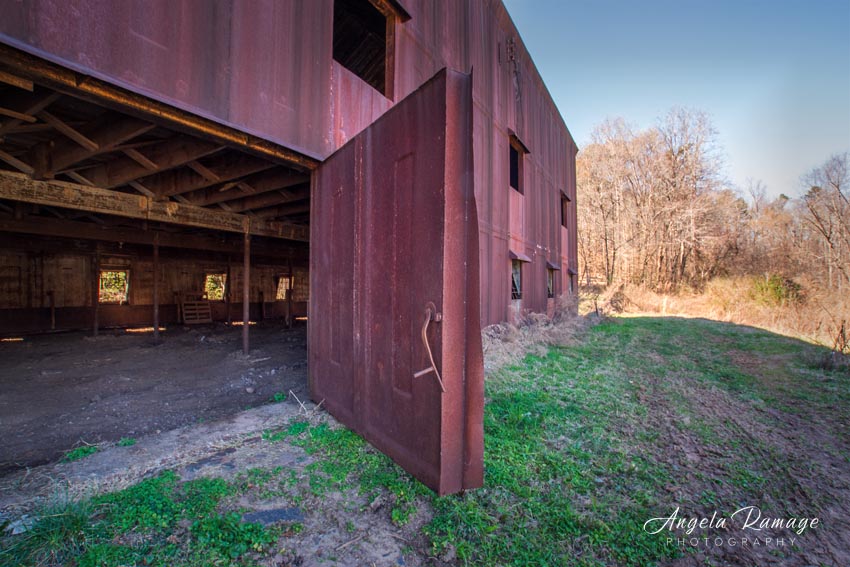




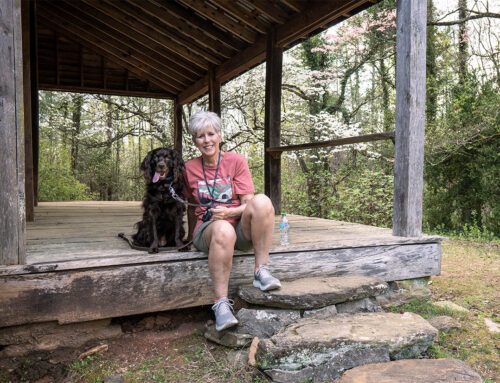
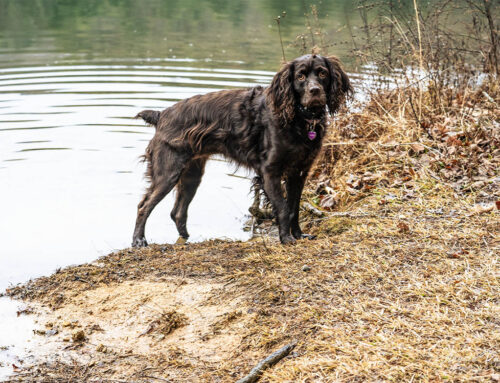
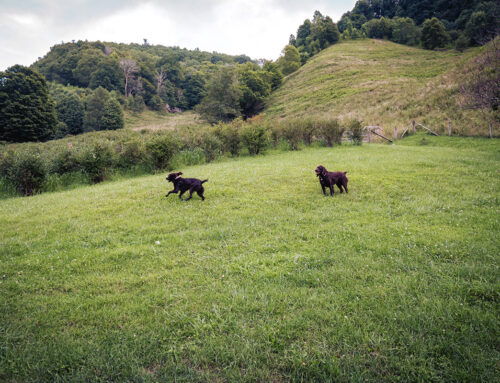
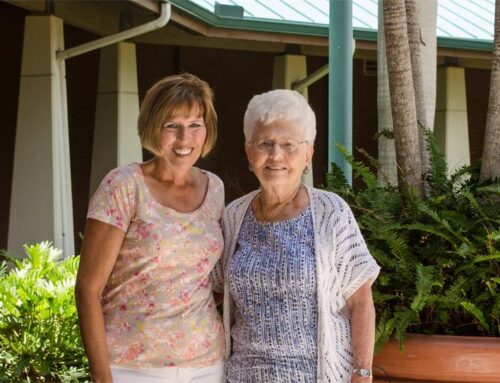
Hey by any chance do you know where the old Toccoa Mill from one of your previous posts is located? I drove by it the other day and was immediently enchanted by it and would love to go back to take some pictures, but now I can’t find it!